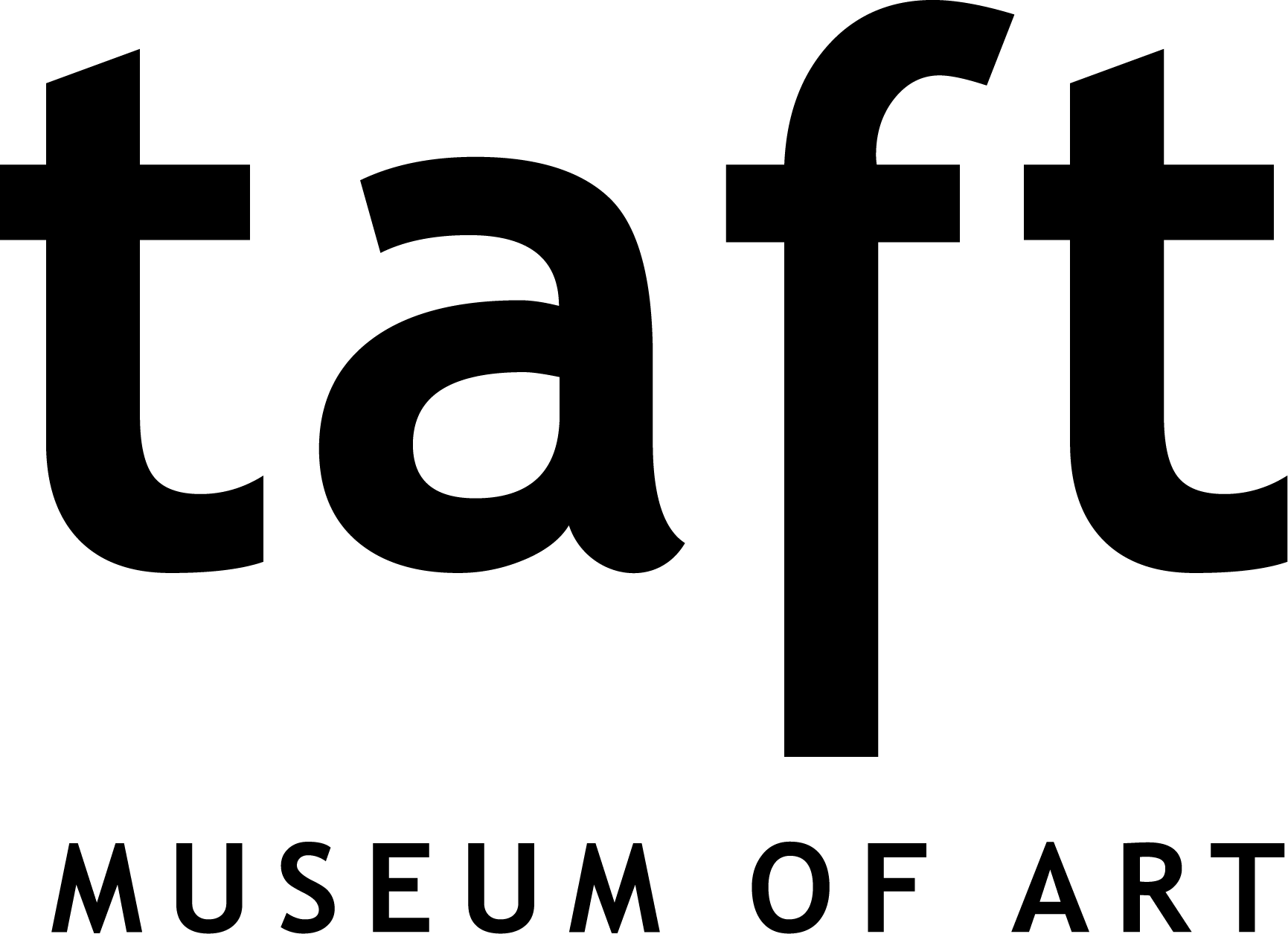The above article is an excerpt adapted from Ann Glasscock, “For All the World to See: Presenting the Work of Wharton Esherick,” in The Crafted World of Wharton Esherick (New York: Rizzoli Electa, 2024), 201–211.
[1] America at Home informational sheet, “Exhibitions, 1920–85,” Wharton Esherick Museum Archives.
[2] Mansfield Bascom, Wharton Esherick: The Journey of a Creative Mind (New York: Abrams, 2010), p. 169.
[3] James W. Holden, “Progress of Modern is Shown,” newspaper clipping, May 25, 1940.
[4] Most of the works on display were for sale; Esherick priced the staircase at $900 (an estimated $20,000 in today’s dollars). “Exhibitions, 1920–85,” Wharton Esherick Museum Archives.
[5] The sofa, which was previously in the Curtis Bok House, and the staircase are now in Esherick’s Studio.
[6] Oral history interview with Ruth Bascom, Feb. 1990, transcript, p. 4, Wharton Esherick Museum Archives.
[7] Walter Rendell Storey, “Decorative Art: Exhibit at Fair,” New York Times, May 19, 1940, p. 51.
[8] Elizabeth MacRae Boykin, “Pioneer Architecture for Rustic Retreats,” Cincinnati Enquirer, June 16, 1940, p. 21.
[9] Louise V. Sloane to Wharton Esherick, July 27, 1940, Wharton Esherick Museum Archives.







